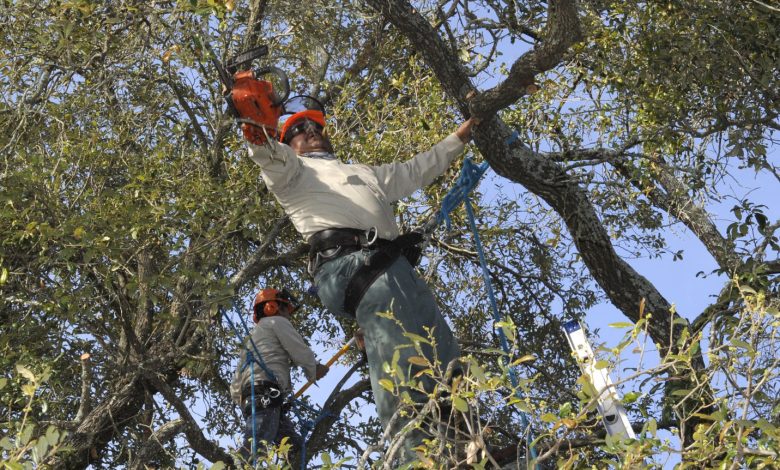
Periodic trimming and pruning of trees is essential and facilitates them to have aesthetics, maintains their health, and prevents the imposition of safety hazards to people. Consider outsourcing the services of a professional when dealing with this undertaking, to ensure maximum efficiency.
Reasons For Trimming Or Pruning A Tree
Trimming of trees is done for safety, aesthetics, or health.
Safety
Broken and dead branches can fall at any time if left unattended and pose a severe safety hazard as the tree branches obscure a driver’s vision. Tree limbs growing close to utility lines are trimmed occasionally by contacting the utility company, which sends professionals to handle such cases.
Aesthetics
Properly pruned trees maintain a perfect shape and appearance. However, unnatural shapes and sizes should not be imposed on a tree as the amount of pruning and trimming needed may seriously damage its integrity.
Health
Save an infected tree through strategic pruning of affected limbs and branches. Crisscrossed branches are regularly trimmed to prevent them from falling unexpectedly. Thinning of the crown is essential and improves the airflow, making the tree grow faster.
Tree Pruning Methods
Pruning helps in improving the shape and health of trees. A tree is served with good air and light circulation, strength and develops attractive qualities. The crown of a tree is essential, and every pruning method involves it, since it necessitates leaf production to enhance photosynthesis. A healthy and robust crown dictates the overall integrity of the tree.
Crown Thinning
This approach enables the removal of specific live branches and reduces the overall tree density. Do this operation on mature trees to increase air circulation and light penetration. It also minimizes the gravitational stress imposed on the limbs and cushions the tree from strong winds and snowstorms. Regularly inspect the trees and perform thinning throughout the year.
Crown Raising
Lift the bottom edge of the limbs to clear for traffic, view, or a building. Perform this operation gradually over a long duration as several lower branches weaken the tree. The procedure involves removing a few limbs with a diameter not exceeding four inches.
Crown Reduction
Pruning practices involving mature trees are critical. The approach helps in encouraging new growth and helps strengthen the tree. Removing a tree branch necessitates the lateral branch’s shooting, which becomes part of the new tree crown.
Crown Cleaning
This approach facilitates the removal of broken, diseased, and dead branches from a tree. Include this maintenance practice when performing tree service in Charlotte. The purpose of this is to strengthen the tree, prevent future damage to both the surroundings and the tree, and increase the landscape’s overall safety.
Tree Trimming Tips
- Trim the branches while young. Tree damage is reduced when this approach is done correctly.
- Remove branches with narrow V-shaped angles. Those vulnerable to breaking are trimmed, leaving only the more substantial U-shaped types.
- Avoid the removal of thick branches, those with a diameter of more than five inches. Trim those branches that pose safety hazards and cut branches to a reasonable length.
Tree Pruning Tips
- Remove branches growing close together, water sprouts, and suckers.
- Leave some living branches to help in the strong growth of a tree.
- Lateral branches are left evenly spaced, ensuring consistent growth and a balanced appearance.
Trimming and pruning methods are best done during the dormant period of a tree. However, such operations are not recommended in the fall to prevent the spread of fungi. Hiring the services of a landscaper is essential when planning and performing routine maintenance.





